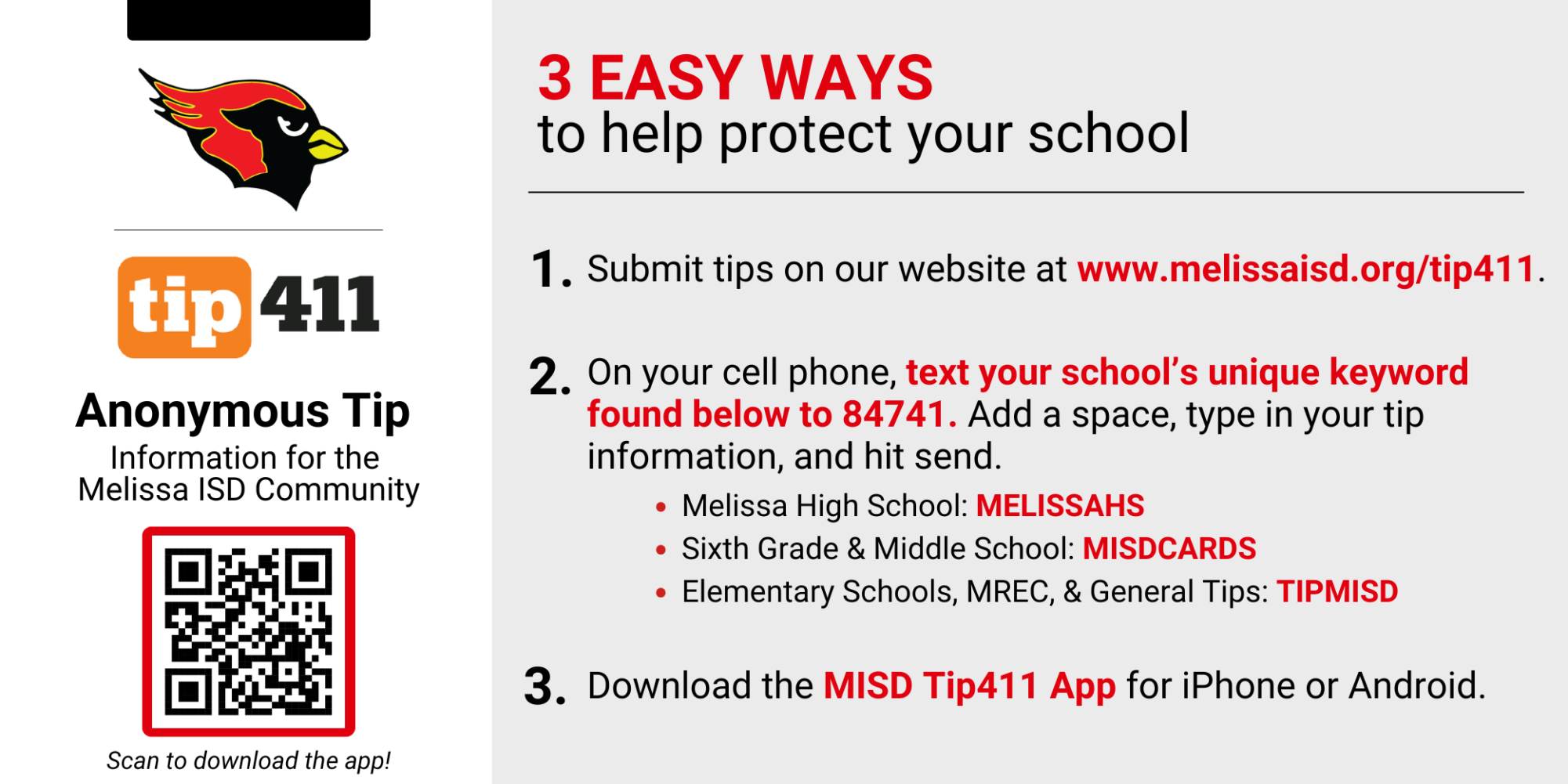Chewing Gum: A Not So Sticky Situation
January 9, 2017
Not only is chewing gum a habit for adults, it is also becoming an essential for students. Student’s love chewing gum, because it tastes good, it freshens breath, and it is a source of entertainment. For years, schools have looked down upon chewing gum during school. Gum can be a distraction to others when all you hear is loud smacking, bubble blowing and gum snapping. Some teachers do not like gum in classrooms due to mannerism. It is considered rude to smack gum while a teacher is instructing and when holding a conversation. It is also a huge sanitary issue. Most of the time, you will find gobs of gum underneath desks, chairs and even the restrooms. Restricting gum in schools could reduce the amount of gum left everywhere. But could gum actually help students in their academics?
Melissa High School is not as strict when enforcing gum. Mr. Dennis, the vice principal, explained that the handbook states that no food or drinks are allowed in the classrooms except for bottled water. He went on to add that chewing gum in class is up to the individual teacher’s decision, and what they decide the student must follow. He said, right now, gum is not an issue, but if gum it does there may be measures taken to not allow it during school hours.
While many would agree that gum is useless in school, results have shown that chewing gum in class was proven to increase grades and focus.
A study was done at St. Lawrence University where 224 undergraduate students were divided into 3 groups to take a test. The groups included, one who did not chew any gum, another that chewed gum five minutes before the test and the last chewed gum before and during the test. The results showed that the students who chewed gum scored higher than the students that didn’t. It helped recall and remember information that was needed to remember for the test.
Junior, Hayley Hurst said, “I have to be doing something, so chewing gum helps. I think it also helps my nerves during tests. I totally believe that gum can help with memory and in result help my grades. I might actually consider chewing it more during class.”
While many can say that it was just the person’s knowledge that allowed them to score the way they did, that’s not the case. Professor Serge Onyper says, “Chewing causes an increase in arousal – it helps wake you up. Research suggests that chewing increases heart rate, blood pressure and cerebral blood flow.”
Another study was done in 2014 by Craig A. Johnston, Ph.D., from the Baylor College of Medicine, Houston, Texas. The study also showed a relationship between chewing gum and academics. They studied two different groups of eighth grade math students for 14 weeks, one that chewed gum and one that did not. At the end of the grade point, the students who chewed gum had better grades and averages than the students who did not chew gum. This study was even sponsored by well-known gum brand, the Wrigley Company. The studies do not stop there.
With all the studies showing results with chewing gum, Melissa High School students shared how they felt about it.
Junior, Justin Berkeland says, “While I’m taking a test or doing normal research, I usually play with my pencil or playing with my hair, so chewing gum helps relieves that habit. It helps me focus and recall past information. I do believe the research because I’ve noticed a difference.”
Junior Gillian Stopinski shares, ¨I do think it helps you concentrate. I chew gum because I get bored in class and yes, I tend to get better grades when I do chew gum.¨
How is this possible? Continually moving the jaw helps with memory. Activity in the hippocampus, the part of the brain that is associated with memory, increases when the jaw moves creating more insulin receptors that are involved with memory. Chewing gum also helps with blood flow. Studies show that it increases blood flow by 25 to 40 percent.
Not only has chewing gum been proved to help with taking tests, it also has other benefits. The Wrigley Company states, ¨Chewing sugar-free gum increases the production of saliva, which can help neutralize plaque acid, wash away food debris and remineralize tooth enamel to help strengthen teeth. In fact, chewing sugar-free gum for 20 minutes after meals and snacks has been proven to help protect your teeth.¨ it helps with burning calories over time and to suppress appetite. It also reduces stress, which is good for students worried about grades and tests. Psychologists believe that chewing gum reduces tension and is an outlet for nerves and anger. It helps create calm and relaxed feelings.
However, some do not like chewing gum. Junior Aaron Vaughan says, “I do not like gum, but I have found to prefer peppermints while studying, and I think it has the same effects as gum.”
Aaron felt that peppermints had the same effects as gum and he is correct. While gum has more benefits, mint flavor has been proven to have similar results. A test was done at the University of Cincinnati that resulted in the smell of peppermint caused an increase in concentration on activities and an increase in being awake. This test goes further to conclude that it works with athletes performances as well. These tactics are being used by school instructors across the nation. So if you are not a gum person or cannot chew gum, there is still an alternative to help you concentrate and potentially improve grades.
Through these experiments, scientists have been able to see that gum actually has a positive impact on learning and it should not be looked down upon. Some people may read this and still deny the benefits of chewing gum, but it’s clear. Chewing gum is helpful in the classroom and learning. It provides focus, an increase in memory, and a stress reliever. With finals coming up, using gum to help study and take tests can beneficially help student’s scores. However, do not let the benefits of gum stop you from putting as much effort in your work. The disapproval of gum is a thing of the past. So the next time you’re in class and you want to better increase your chances of a better score, pop out a piece of gum. This sticky treat is not so sticky in the classrooms anymore.






